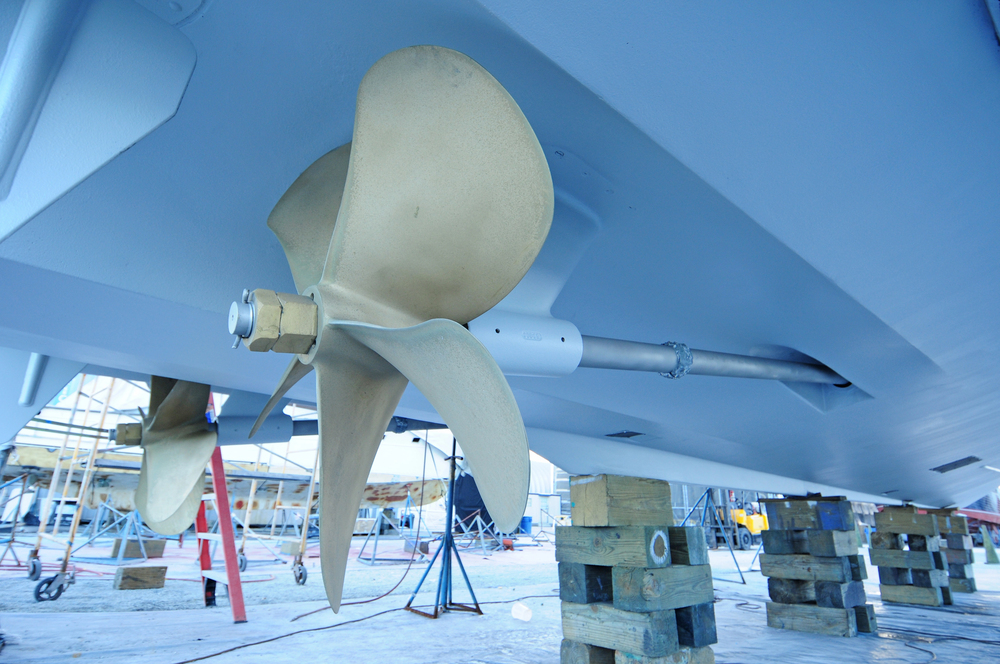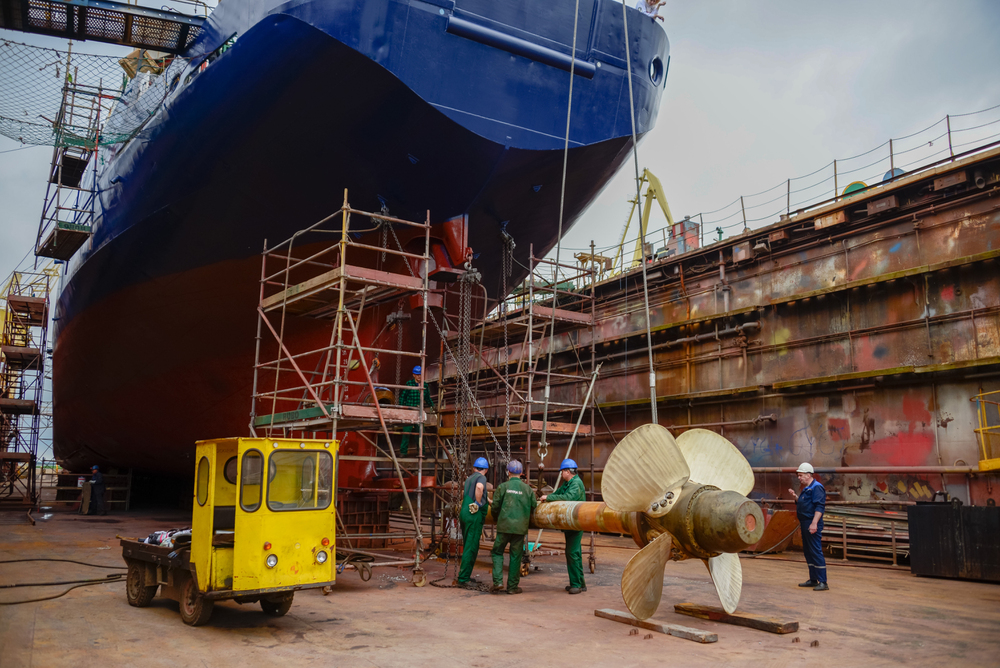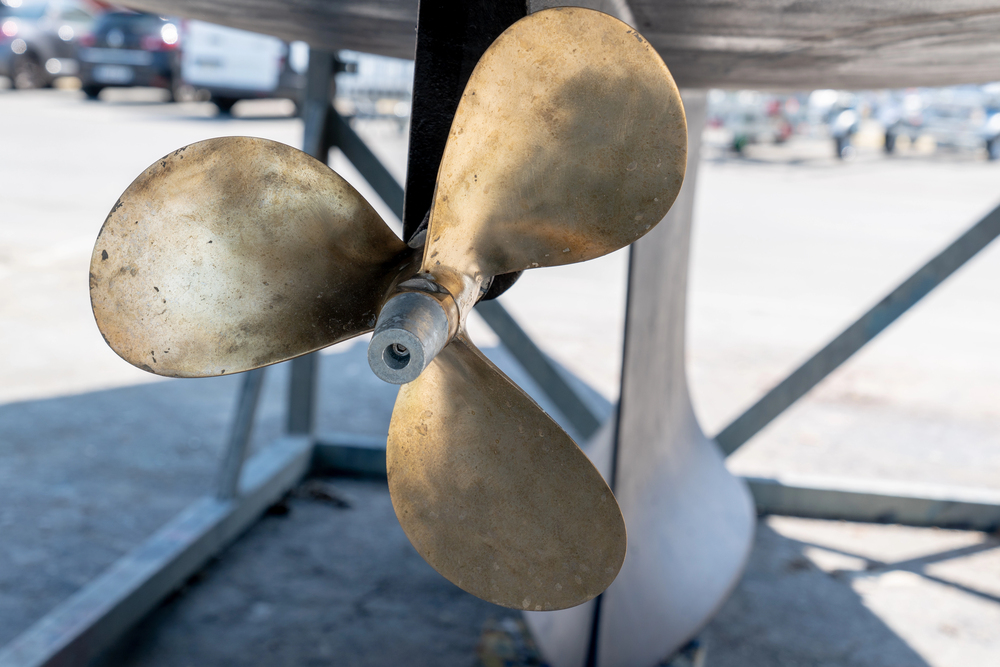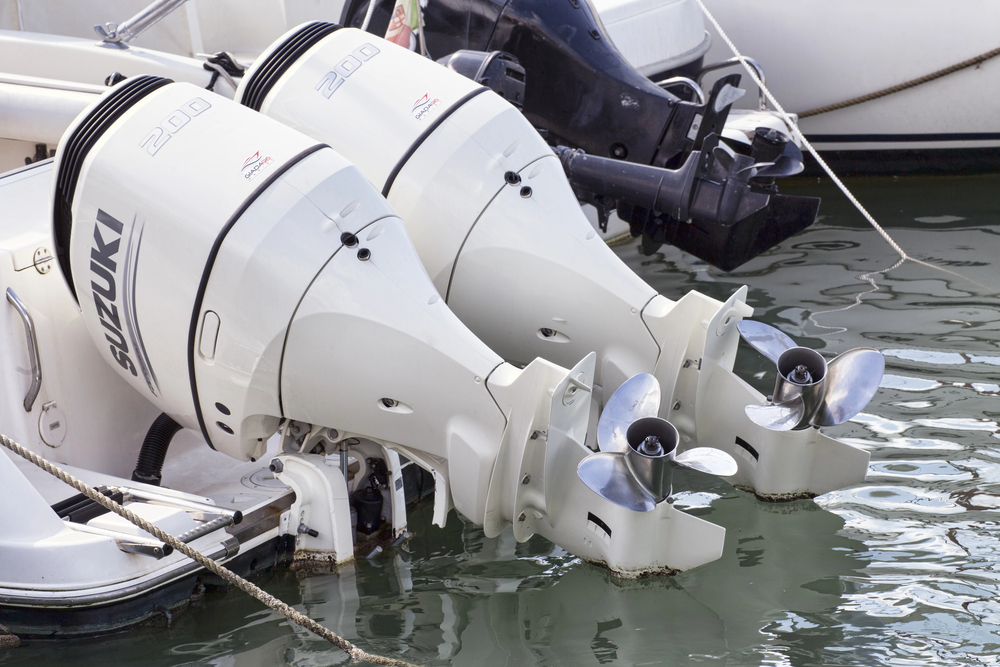If your boat has been losing power or experiencing unusual vibrations, you may be dealing with a problem that’s often overlooked but highly impactful: propeller cavitation. Prop cavitation occurs when air bubbles form around the propeller blades, which can significantly reduce engine performance, increase fuel consumption, and cause long-term damage if not addressed.
In this article, we will explain what boat propeller cavitation is, how it happens, and what steps you can take to fix it. Understanding and addressing cavitation early can help preserve your boat’s performance and extend its lifespan.
What Is Propeller Cavitation?
Propeller cavitation is a phenomenon where bubbles form in the water around the propeller blades as they rotate. These bubbles are created when the pressure on the blades drops below the water’s vapor pressure, causing water to vaporize and form gas pockets.
As the propeller continues to turn, these bubbles collapse, creating shock waves that lead to pitting or erosion of the propeller’s surface. The result is a decrease in efficiency, increased wear and tear, and, in some cases, irreparable damage to the propeller.
Cavitation can occur when the propeller is spinning too fast, when there is an obstruction in the water, or when the boat is improperly loaded. Over time, the repeated formation and collapse of bubbles can damage the propeller, leading to a decrease in performance and costly repairs.
How Cavitation Affects Boat Performance
When propeller cavitation occurs, it can drastically affect your boat’s performance. One of the most noticeable effects is a loss of power.
As the air bubbles disrupt the flow of water around the propeller blades, the engine has to work harder to achieve the same output, which can result in decreased speed, reduced acceleration, and sluggish handling. This means that you might experience longer travel times and higher fuel consumption, which can quickly become expensive.
In addition to performance issues, prop cavitation can lead to vibrations that can be felt throughout the boat. These vibrations are a direct result of the collapsing bubbles and can create an uncomfortable experience for passengers.
Over time, this added strain on the engine and other components can cause premature wear, leading to more serious issues like engine overheating or mechanical failure.
What Causes Propeller Cavitation?
There are several factors that can contribute to boat propeller cavitation. Being aware of the underlying causes is the first step in fixing the issue.
Excessive Speed
When a propeller spins too quickly, it can create a pressure drop that causes the water around the blades to vaporize. This is often the result of using a propeller that is too large or too small for the boat’s engine. If the boat’s engine is running at higher RPMs than it should, cavitation can occur.
Improper Boat Load
An improperly loaded boat can cause cavitation. If the boat is carrying too much weight or the weight is unevenly distributed, the propeller may not be able to function properly. This can cause the blades to surface more than they should, which leads to cavitation.
Obstructions or Damage
Obstructions like weeds, debris, or even damage to the propeller blades can affect the smooth flow of water around the propeller. If the blades are damaged or have become bent, they may not be able to handle the load as efficiently, causing cavitation.
Incorrect Propeller Installation
If a propeller is not installed properly or the alignment is off, it can cause cavitation. An improperly mounted propeller will not create the correct water pressure around the blades, leading to air bubble formation.
Shallow Water
When boats operate in shallow waters, the propeller can lose the proper flow of water, which increases the likelihood of cavitation. In these conditions, the propeller may be exposed to air, leading to vaporization and bubble formation.
Signs that Your Boat Is Experiencing Cavitation
Recognizing the signs of propeller cavitation early can save you from costly repairs and time on the water without proper performance. Common indicators include:
- Loss of Power and Speed: If your boat struggles to reach or maintain speed, it could be due to cavitation.
- Unusual Vibrations: A propeller that is cavitating often creates vibrations throughout the boat.
- Unresponsive Throttle: When cavitation occurs, the boat may not respond to throttle input as smoothly, causing a lag in acceleration.
- Excessive Fuel Consumption: If your boat is burning more fuel than usual, it may be because the engine is working harder to overcome the effects of cavitation.
If you notice any of these symptoms, it’s important to have your propeller inspected as soon as possible to avoid further damage.
How to Prevent and Fix Propeller Cavitation
Preventing propeller cavitation requires addressing the root causes and ensuring your boat is properly maintained. Here are a few tips to help prevent cavitation.
Check and Replace the Propeller
A damaged or improperly sized propeller can be a major contributor to cavitation. If your propeller has any visible damage, such as nicks, cracks, or bent blades, it’s important to replace it immediately.
Additionally, ensure that the propeller size is appropriate for your boat’s engine specifications. You can consult with a boat expert or technician to select the right size and type of propeller for your needs.
Maintain Proper Boat Loading
Ensure that your boat is properly loaded and balanced. Avoid overloading or unevenly distributing weight, as this can increase the chances of cavitation. Make sure the boat is in proper trim, with weight distributed in a way that keeps the propeller submerged correctly.
Check for Obstructions
Before you head out on the water, check the propeller and surrounding areas for any obstructions or debris that may be causing cavitation. Weeds, plastic, and fishing lines can all cause problems if they get tangled around the propeller. A properly polished propeller also significantly reduces the chances of organisms sticking.
Use a Proper Thrust Washer
A thrust washer helps align the propeller and ensures that the boat is getting the correct amount of water flow. If you suspect cavitation due to improper installation or alignment, consider upgrading or replacing the thrust washer.
Consult a Professional Boat Propeller Service
If you suspect that boat propeller cavitation is affecting your boat’s performance, it’s always a good idea to consult a professional boat propeller service.
At Hull 2 Prop, we offer comprehensive propeller service to address issues like cavitation, including inspections, repairs, and replacements. Our experienced technicians can help you identify and fix the underlying causes of cavitation to restore your boat’s performance.
To learn more about how boat propeller service can fix cavitation issues and keep your propeller in top condition, contact us today.







